Discovering excessive lint buildup in your Samsung dryer can be concerning, as it not only affects the appliance’s efficiency but also poses a potential fire hazard. However, understanding the reasons behind this issue and implementing effective solutions can help you maintain a safe and properly functioning dryer. This guide aims to explore the common causes of excessive lint in Samsung dryers and provide practical solutions to address the problem.
Samsung dryer excessive lint
- Home
- Samsung dryer excessive lint
Our Services
Appliance Installation
Dryer Repair
- Fix Kenmore dryer
- Maytag dryer repair
- Whirlpool dryer no power
- Whirlpool dryer won’t spin
- Whirlpool dryer won’t tumble
- Whirlpool dryer won’t start
- Whirlpool dryer takes too long to dry
- Whirlpool dryer noisy
- Whirlpool dryer won’t heat
- LG dryer excessive lint
- LG Dryer no power
- LG dryer won’t spin
- LG dryer won’t tumble
- LG dryer won’t start
- LG dryer takes too long to dry
- LG dryer noisy
- LG dryer dryer won’t heat
- Samsung dryer excessive lint
- Samsung dryer no power
- Samsung dryer won’t spin
- Samsung dryer won’t tumble
- Samsung dryer won’t start
- Samsung dryer takes too long to dry
- Samsung dryer noisy
- Samsung dryer no heat
Fridge Repair
- Fridge flashing fridge no power
- Fridge door handle loose
- Fridge making noise
- Fridge noisy
- Fridge freezes food
- Fridge lights won’t turn on
- Fridge over cooling
- Fridge to warm
- Fridge leaking water
- Fridge not cooling
Washer Repair
- Blomberg washer repair
- Kenmore washer repair
- Maytag washer error
- Whirlpool washer error
- Samsung washer 1 LC error
- Samsung washer 110 error
- Samsung washer lc1 error
- Samsung washer 1C error
- Samsung washer Le error
- Samsung washer 1e error
- LG washer CL error
- LG washer SE error
- LG washer te error
- LG washer PE error
- LG washer Le error
- LG washer IE error
- LG washer OE error
- LG washer de error
- Washer unbalance
- Washer shakes
- Washer smoking
- Washer won’t drain
- Washer door seal replacement
- Washer bearings
- Washer won’t spin
- Washer fills but does not agitate
- Washer Won’t Start
- Washer Leaks
- Washer Repair Services
- Washer no power
- Washer Loud
- Washer Noisy When Spinning
About for Appliance Repair
At Appliance Repair – Guelph, we specialize in expert Appliance Repair – Guelph and installation services. With skilled technicians and a dedication to excellence, we ensure seamless operation for all your home appliances. Trust us for efficient solutions and unparalleled customer satisfaction.
Get in touch
How Can We Help?
If you need any help, please feel free to contact us.
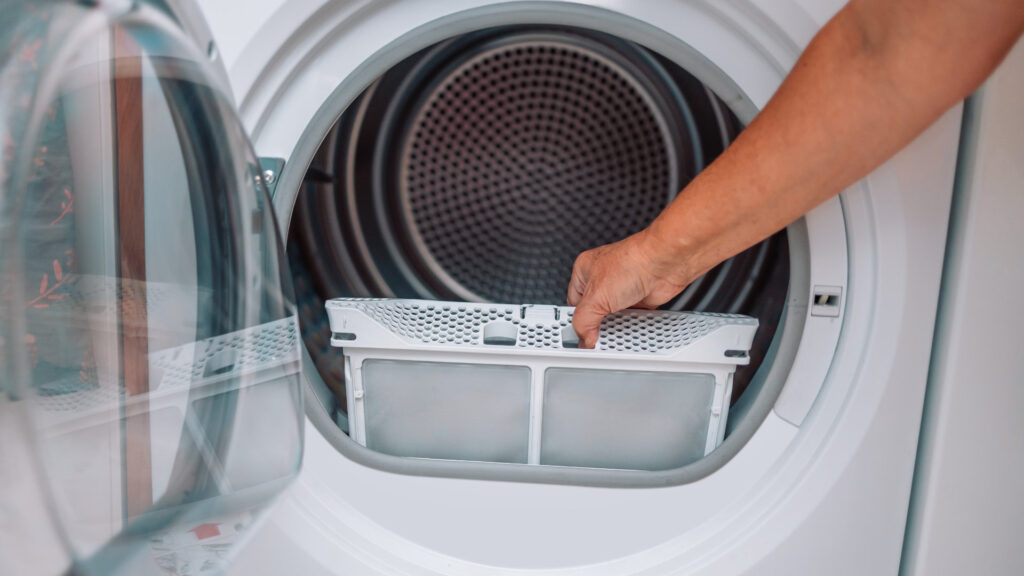
Samsung dryer excessive lint
Related Services
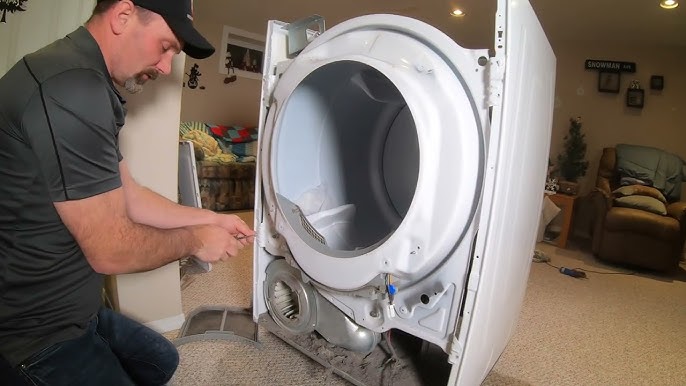
Fix Kenmore dryer
A malfunctioning Kenmore dryer can be a significant inconvenience, but many common issues can be resolved with some basic troubleshooting […]
Read More
Maytag dryer repair
A malfunctioning Maytag dryer can be a significant inconvenience, disrupting your laundry routine. This guide provides a comprehensive overview of […]
Read More
Whirlpool dryer no power
Dealing with a Whirlpool dryer that has no power can be frustrating and inconvenient. However, understanding the potential causes and […]
Read More
Whirlpool dryer won’t spin
A Whirlpool dryer that won’t spin can disrupt your laundry routine, leaving clothes damp and in need of drying. Understanding […]
Read More
Whirlpool dryer won’t tumble
A Whirlpool dryer that won’t tumble can be a major inconvenience, leaving your clothes wet and your laundry routine disrupted. […]
Read More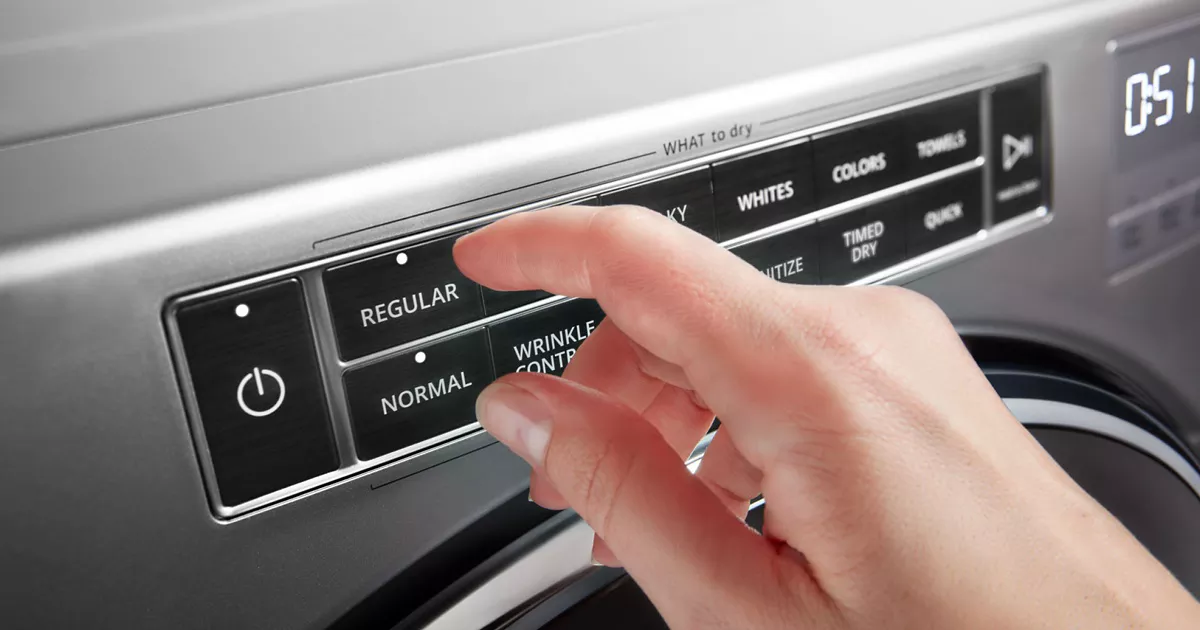
Whirlpool dryer won’t start
Facing the frustration of a Whirlpool dryer that won’t start can be a major inconvenience. However, with a bit of […]
Read More
Whirlpool dryer takes too long to dry
Is your laundry routine being disrupted by a Whirlpool dryer that takes forever to dry clothes? Don’t let prolonged drying […]
Read More
Whirlpool dryer noisy
Is your Whirlpool dryer making unusual noises that disrupt your peace at home? Don’t let the racket drive you crazy! […]
Read More
Whirlpool dryer won’t heat
Are you facing the frustration of a Whirlpool dryer that’s not heating up? Don’t worry; we’ve got you covered! Here’s […]
Read More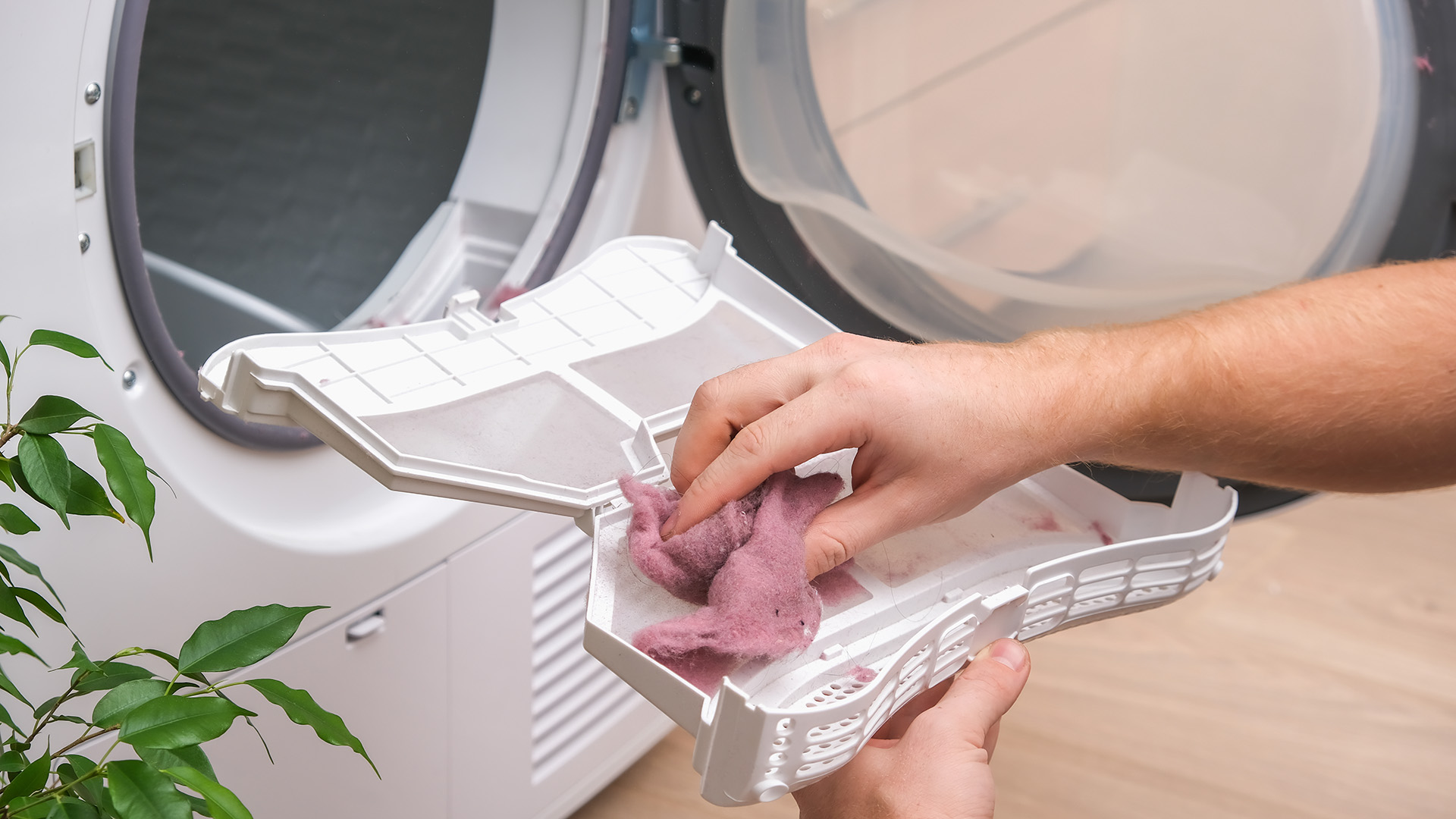
LG dryer excessive lint
Experiencing excessive lint buildup in your LG dryer can be not only frustrating but also hazardous. Here’s an in-depth guide […]
Read More
LG Dryer no power
Discovering that your LG dryer has no power can be frustrating, especially when you’re ready to start your laundry. However, […]
Read More
LG dryer won’t spin
Discovering that your LG dryer won’t spin can be frustrating, especially when you have a load of laundry waiting to […]
Read More
LG dryer won’t tumble
Discovering that your LG dryer won’t tumble can be frustrating, as it prevents your laundry from drying properly. However, there […]
Read More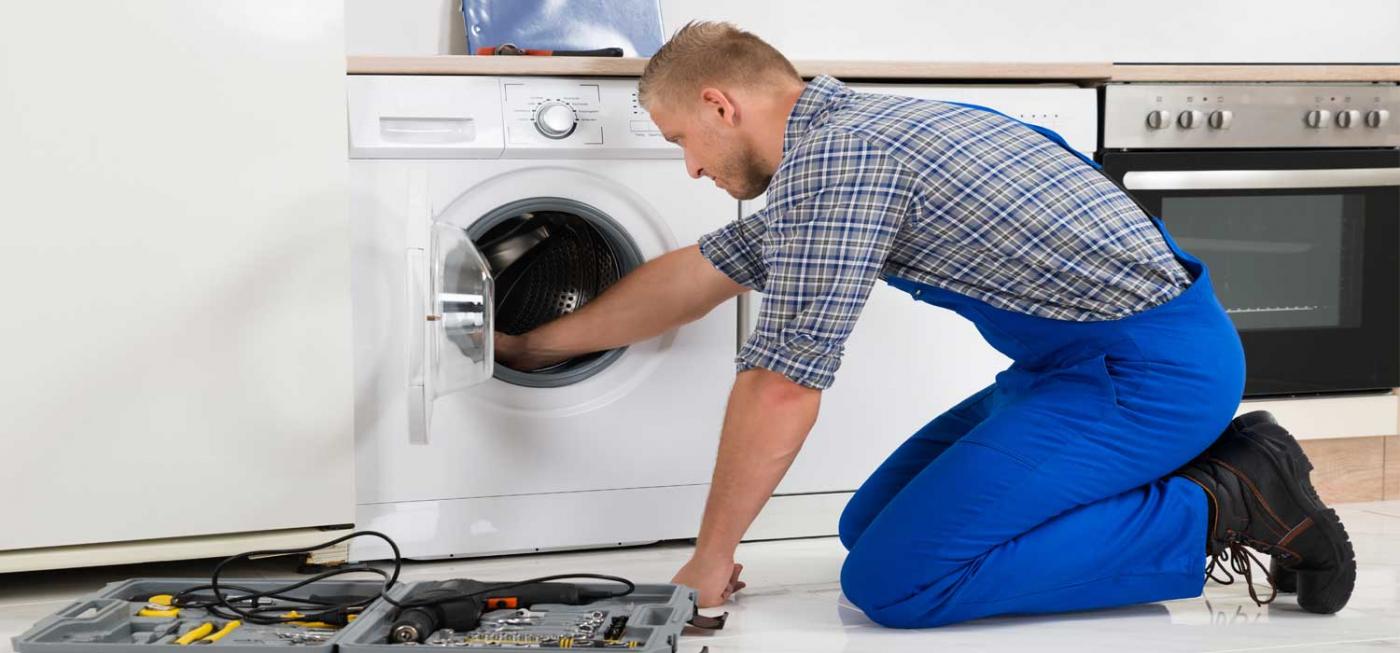
LG dryer won’t start
Discovering that your LG dryer won’t start can be frustrating, especially when you have a load of laundry waiting to […]
Read More
LG dryer takes too long to dry
Dealing with a LG dryer that takes excessively long to dry clothes can be frustrating and inconvenient. Not only does […]
Read More
LG dryer noisy
A noisy LG dryer can be a nuisance, disrupting your home environment and indicating potential issues with the appliance. However, […]
Read More
LG dryer dryer won’t heat
Discovering that your LG dryer isn’t heating can be frustrating, especially when you’re relying on it to dry your laundry […]
Read More
Samsung dryer excessive lint
Discovering excessive lint buildup in your Samsung dryer can be concerning, as it not only affects the appliance’s efficiency but […]
Read More
Samsung dryer no power
Discovering that your Samsung dryer has no power can be a frustrating experience, especially when you’re relying on it to […]
Read More
Samsung dryer won’t spin
A Samsung dryer that refuses to spin can be a frustrating problem, leaving you with a load of damp laundry […]
Read More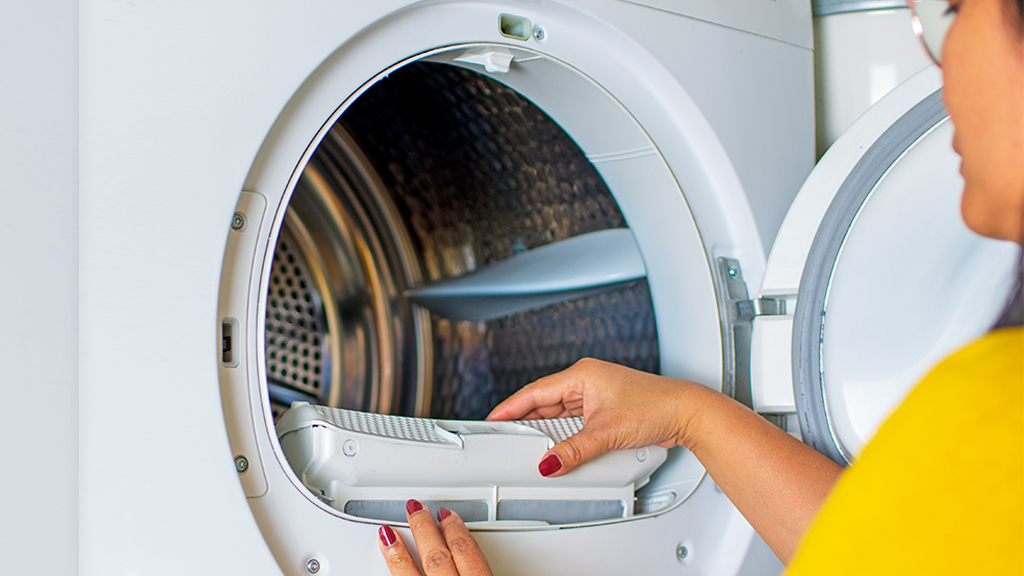
Samsung dryer won’t tumble
A Samsung dryer that won’t tumble can bring your laundry routine to a halt. Whether it’s due to a mechanical […]
Read More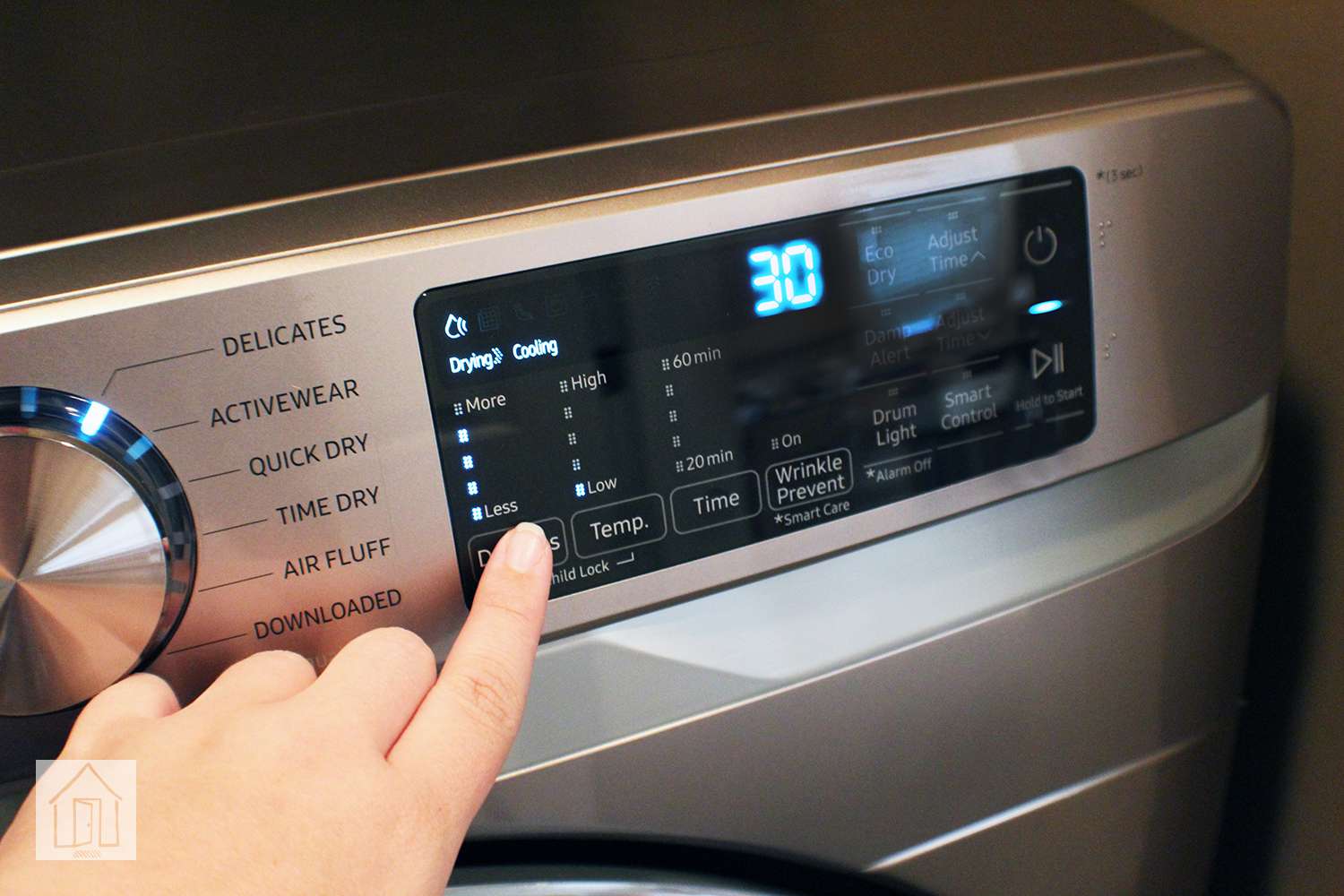
Samsung dryer won’t start
A dryer that refuses to start can disrupt your routine and leave you with damp laundry piling up. When faced […]
Read More
Samsung dryer takes too long to dry
A dryer that takes too long to dry clothes can be frustrating and inefficient. If your Samsung dryer is experiencing […]
Read More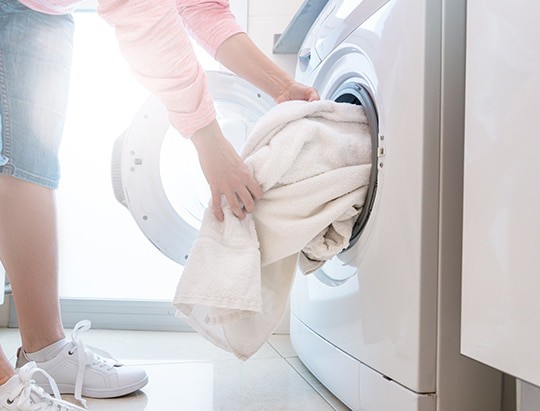
Samsung dryer noisy
A noisy dryer can be more than just an annoyance; it might indicate underlying issues that need attention. If your […]
Read More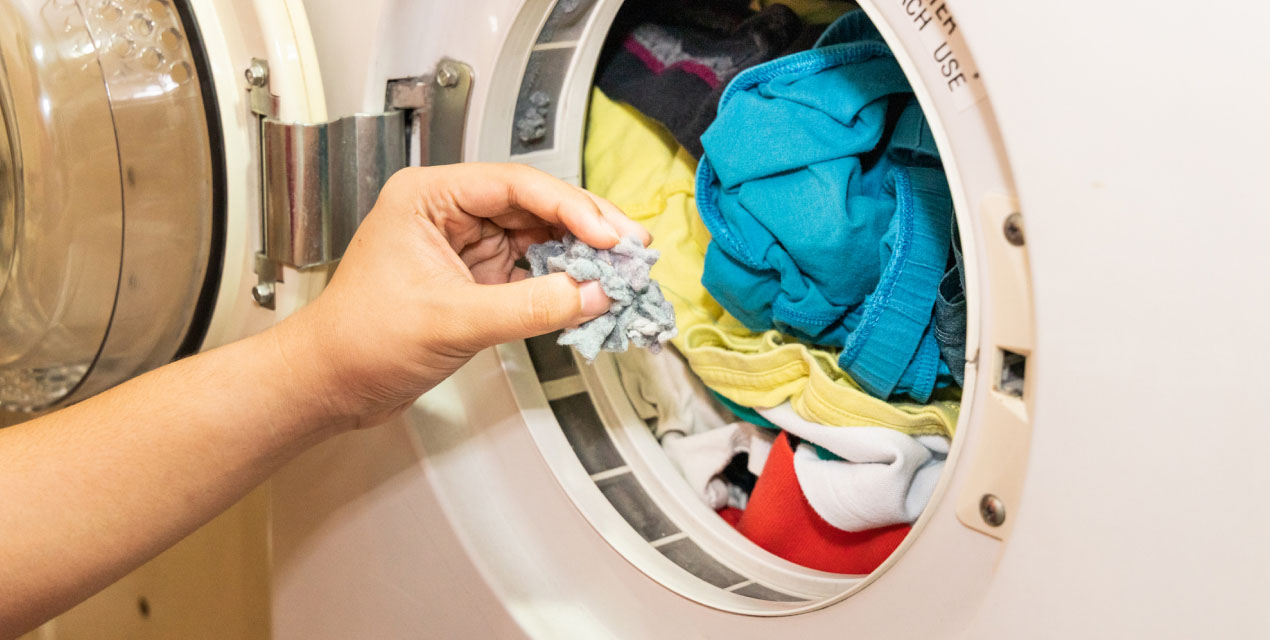
Samsung dryer no heat
Is your Samsung dryer failing to produce heat? A dryer that doesn’t heat up can be frustrating, but before you […]
Read MoreCauses of Excessive Lint in Samsung Dryers:
- Improper Ventilation:
- Cause: Inadequate ventilation in the dryer’s exhaust system can lead to the accumulation of lint inside the appliance.
- Solution: Ensure that the dryer is properly vented to the outside, with no kinks or obstructions in the vent duct. Regularly clean the vent duct and exhaust hood to prevent lint buildup.
- Clogged Lint Trap:
- Cause: A clogged or dirty lint trap prevents proper airflow and allows lint to accumulate inside the dryer.
- Solution: Clean the lint trap after every drying cycle to remove lint buildup. Use a soft brush or vacuum cleaner attachment to remove any trapped lint from the screen and housing.
- Overloading the Dryer:
- Cause: Overloading the dryer with too much laundry can restrict airflow and lead to excessive lint accumulation.
- Solution: Avoid overloading the dryer and follow the manufacturer’s recommendations for load size. Dry bulky items like blankets and comforters separately to ensure proper airflow.
- Worn or Damaged Seals:
- Cause: Worn or damaged door seals or gaskets can allow lint to escape from the dryer drum and accumulate inside the appliance.
- Solution: Inspect the door seals for signs of wear or damage and replace them if necessary. Ensure that the seals form a tight seal when the dryer door is closed.
- Faulty Lint Filter Housing:
- Cause: A damaged or defective lint filter housing can allow lint to bypass the lint trap and accumulate inside the dryer.
- Solution: Inspect the lint filter housing for cracks or damage. If the housing is compromised, replace it with a new one to prevent lint buildup.
Preventing Excessive Lint in Samsung Dryers:
- Regular Maintenance:
- Clean the lint trap after every drying cycle.
- Inspect and clean the vent duct and exhaust hood regularly.
- Vacuum or wipe down the interior of the dryer to remove any accumulated lint.
- Proper Use:
- Avoid overloading the dryer with too much laundry.
- Use dryer sheets or fabric softener to reduce static and lint buildup.
- Routine Inspections:
- Check the dryer seals and gaskets for wear or damage regularly.
- Monitor the dryer’s performance and address any issues promptly to prevent excessive lint accumulation.
Conclusion:
Dealing with excessive lint in your Samsung dryer requires proactive maintenance and proper usage practices. By addressing the underlying causes of lint buildup, such as inadequate ventilation, clogged lint traps, overloading, and worn seals, you can ensure the safety and efficiency of your dryer. Regular maintenance, routine inspections, and timely repairs are key to preventing excessive lint accumulation and maintaining optimal dryer performance.
Frequently Asked Question
Why is there excessive lint in my Samsung dryer?
Excessive lint in your Samsung dryer can result from various factors, including improper ventilation, a clogged lint trap, overloading the dryer, worn or damaged seals, or a faulty lint filter housing.
How can I prevent excessive lint buildup in my Samsung dryer?
To prevent excessive lint buildup, it’s essential to clean the lint trap after every drying cycle, regularly inspect and clean the vent duct and exhaust hood, avoid overloading the dryer, use dryer sheets or fabric softener, and perform routine inspections of the dryer seals and gaskets.
How often should I clean the lint trap in my Samsung dryer?
It’s recommended to clean the lint trap after every drying cycle to prevent lint buildup and ensure proper airflow within the dryer.
Can improper ventilation cause excessive lint in my Samsung dryer?
Yes, inadequate ventilation in the dryer’s exhaust system can lead to the accumulation of lint inside the appliance, as it restricts airflow and prevents lint from being properly expelled to the outside.
What should I do if I notice excessive lint inside my Samsung dryer?
If you observe excessive lint buildup inside your Samsung dryer, you should first clean the lint trap and inspect the vent duct and exhaust hood for any obstructions or blockages. Additionally, check the dryer seals and gaskets for wear or damage and replace them if necessary.
Is excessive lint in my Samsung dryer a fire hazard?
Yes, excessive lint buildup in a dryer can pose a fire hazard, as lint is highly flammable. It’s crucial to regularly clean the lint trap, vent duct, and exhaust hood to minimize the risk of fire.
How can I tell if the seals or gaskets in my Samsung dryer are worn or damaged?
You can inspect the dryer seals and gaskets visually for signs of wear, such as cracks, tears, or deformities. Additionally, check for gaps or gaps between the seals and the dryer door when it’s closed, as this indicates a faulty seal.
